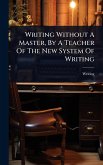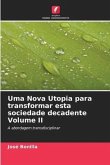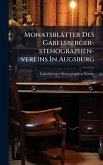"Nova arte de escrever," offered to the prince, is an instructional guide for young people on the art of writing. Published in 1794, this book, written in Portuguese, provides insight into the pedagogical methods and linguistic theories of the late 18th century. Authored by Antonio Jacinto de Araujo, JerÃ3nimo de Barros Ferreira, José Lðcio da Costa, and Manuel da Silva Godinho, this work reflects the educational priorities and linguistic standards of its time. This volume is a valuable resource for understanding the history of language instruction and the evolution of writing techniques in the Portuguese-speaking world. Its historical significance makes it a compelling addition to any collection focused on language, education, and 18th-century literature. This work has been selected by scholars as being culturally important, and is part of the knowledge base of civilization as we know it. This work was reproduced from the original artifact, and remains as true to the original work as possible. Therefore, you will see the original copyright references, library stamps (as most of these works have been housed in our most important libraries around the world), and other notations in the work. This work is in the public domain in the United States of America, and possibly other nations. Within the United States, you may freely copy and distribute this work, as no entity (individual or corporate) has a copyright on the body of the work. As a reproduction of a historical artifact, this work may contain missing or blurred pages, poor pictures, errant marks, etc. Scholars believe, and we concur, that this work is important enough to be preserved, reproduced, and made generally available to the public. We appreciate your support of the preservation process, and thank you for being an important part of keeping this knowledge alive and relevant.
Bitte wählen Sie Ihr Anliegen aus.
Rechnungen
Retourenschein anfordern
Bestellstatus
Storno








